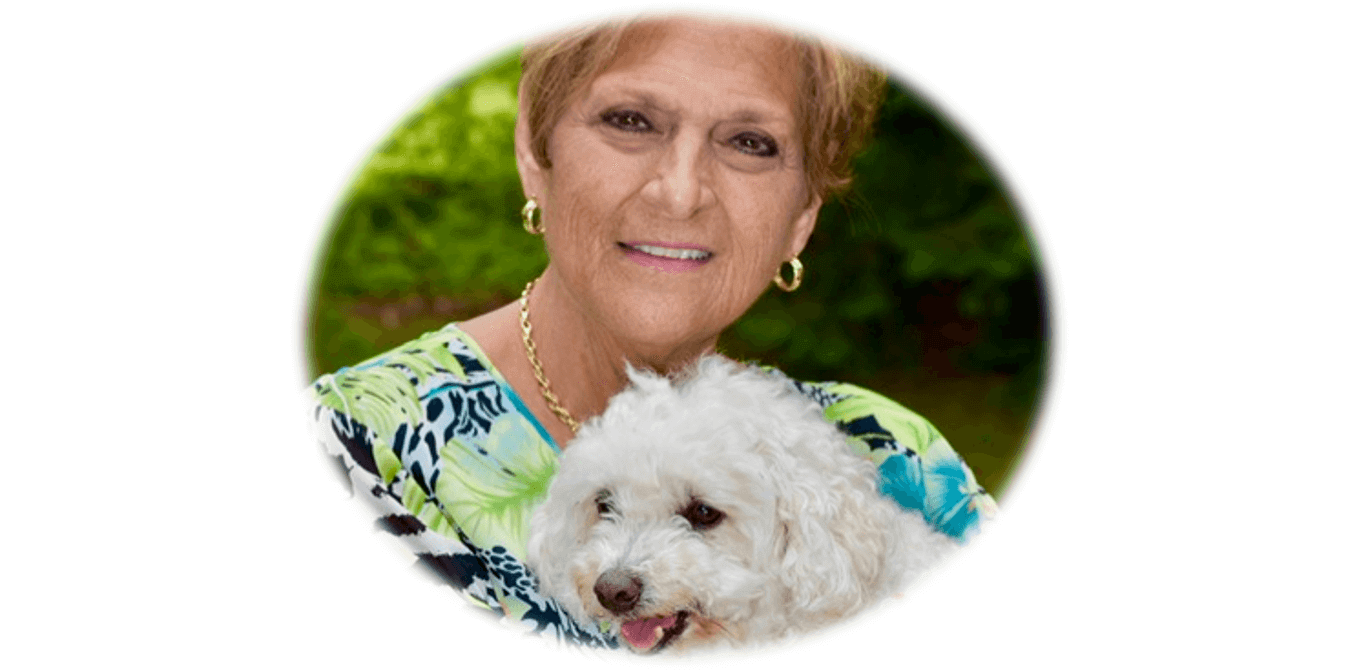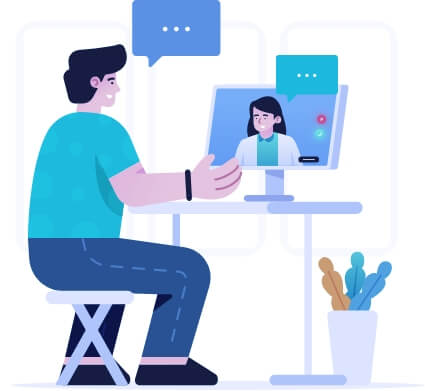"We have two ears and one tongue so that we would listen more and talk less." -Diogenes
Everyone thinks they are good listeners, but recent research shows that poor habits affect more than 70% of all employees. This results in misunderstandings, errors, missed opportunities, arguments, stalled pro-jects, and damaged relationships. In healthcare it can be the difference between life and death!
See all Practical Dynamite Podcasts here
Active listening can be defined the act of mindfully attempting to comprehend the meaning of words spoken by another in a conversation or speech. A few of the benefits of active listening include:
- Identifying patient needs more clearly
- Establishing a more comfortable relationship
- Reducing the likelihood of misunderstandings or tension
- Making problem solving easier
- Increased compliance and improved outcomes
However - there are many barriers to good telehealth communication; some of these include distracting environments, regional accents, and even the caller’s mood. Most of these can be overcome through active listening.
Active listening is an important communication skill that can involve making sounds indicating attentiveness. It also involves you the listener giving feedback in the form of a paraphrased rendition of what has been said by the other party for their confirmation.
As an active listener, it is you that must make a conscious effort to hear not only the words that another person is saying but – most importantly – understanding the complete message being sent. Active listening requires that the listener fully concentrates, understands, responds, and, finally, remembers what is being said.
It is more than just keeping quiet, but actually a physiological response our body makes. Medical studies show that someone who is truly putting mental energy into concentrating and listening actually has increased blood pressure, a higher pulse rate, and perspires more. Active listening require effort and skill.
INFORMATION OVERLOAD IS RAMPANT
In today's modern world, there's enormous competition for our attention from advertisements, radio, TV, movies, the internet, books, magazines, newspapers, etc. With all these incoming sources of information, we've learned to screen out irrelevant data; however, in the process we sometimes also screen out things that are actually important.
WE THINK FASTER THAN WE SPEAK
The average person speaks at about 135 to 175 words per minute but can listen up to 500. This means, when someone's talking, the impatient listener spends all that time between the listener's fast thinking speed and the speaker's slow talking speed on thoughts of what to say next, mentally arguing with the person who's talking, or perhaps even daydreams. It can be like listening to two voices at the same time: the speaker’s and your own internal dialogue.
8 PRACTICAL STEPS TOWARDS ACTIVE LISTENING
1. Tune in, turn on, shut up!- This may seem obvious, but try to limit your own talking. After all, you can't talk and listen at the same time. In fact, no matter how much information you think you need to share, most of the time your mouth should be closed.
- Instead, tune in to the other person. Be genuinely interested and show it. However, you also need to monitor yourself: are you giving your full attention or is your mind wandering? Concentrate on shutting out any outside distractions. You must be genuinely "engaged" in a conversation to encourage others to speak freely.
- In order to understand your patients better, you need to try and see their point of view. We are caring for patient, who are ill, in pain, anxious and relying on us as clinicians to help them.
- Their problems, needs, and opinions are important. Assume those problems, needs and opinions yourself for just a few moments. What would YOU be thinking and feeling in their situation?
- Leave bias at the door along with preconceived conclusions. If someone makes a statement or asks a question or expresses a concern, respond only after you're certain you FULLY understand their perspective.
- Listen and allow for IDEAS and EMOTIONS, not just words. You want to get the comprehensive picture, not just isolated bits and pieces.
- An occasional "I see," or "uh huh," or "Is that so" shows the patient you're still there, still engaged
- BUT - don't overdo it – or it seems insincere
- Stop thinking about the issues in your own life; this is the time to be fully present for your patient. After all you are here to help them, not the other way around.
- Even if the session is being recorded, it's a good idea to take notes or key information – such as a temperature, pain rating or adjective that describes a symptoms
- That way you can refer to them quickly as needed.
- Additionally, the act of note taking increases attentiveness, and the patients can feel it.
- Don't wait until the last minute to go over your patient’s records or your previous notes.
- Take 5 minutes early in the conversation to recap what they’ve told you.
- Your familiarity and attention to detail will give them more confidence in you and give them a chance to correct any mistakes or gaps.
- If there is anything that is not clears to you – ask questions until it is.
- Remember – telehealth relies on the patient or caller to provide the clinician with the personalized information necessary to provide safe, efficient and comprehensive healthcare to patients in need.
Active listening is just one of many areas of training staff need for telehealth. For more information on related topics, consider the following:
What Telemedicine can Learn from Telehealth NursingUltimate Guide to Telehealth
As you can see, active listening is an important skill that must be practiced in order to achieve optimum results. If you'd like to learn more or perhaps have us lead a training session, contact Keona Health today.









